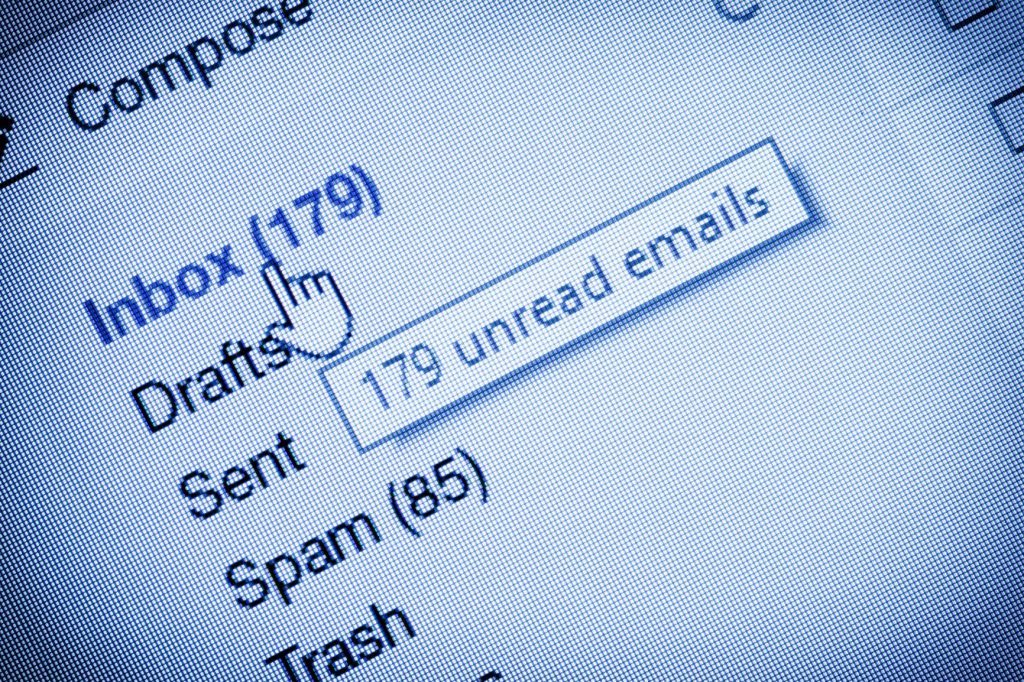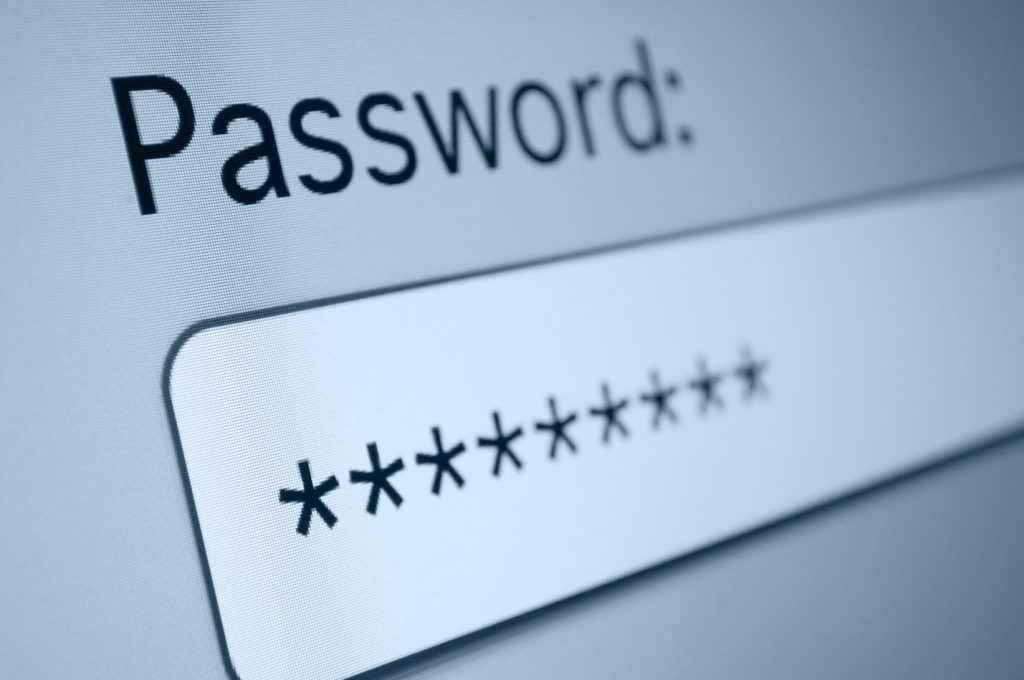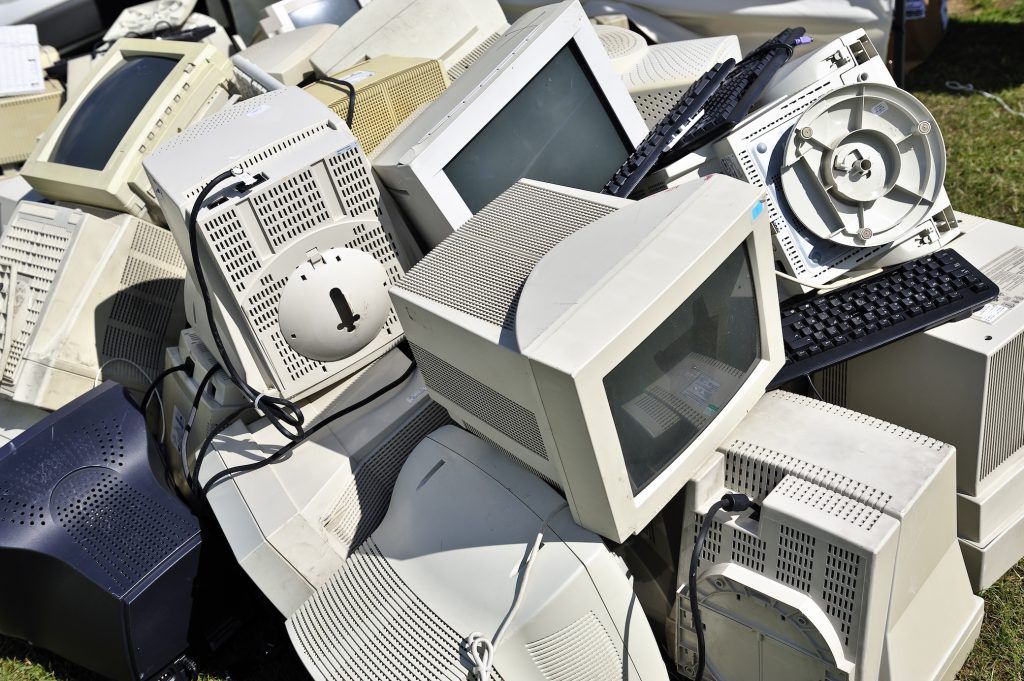Disposing of Connected Devices: What You Should Know

Unfortunately, technology does not last forever, and today’s culture of upgrades means that users of smartphones and other devices are constantly updating even when they don’t need to. This practice can extend to businesses, too. Businesses need to have a strategy in place that they can use when it is time to upgrade from older […]
Don’t Let Data Backup Concerns Hold Your Business Back

Your business is not unique in the sense that it stores and transmits data during its day-to-day routines. Whether it’s financial information for your clients or employee records, it is more than likely that your business holds some kind of critical data that your operations rely on throughout the workday. Would your operations be able […]
How to Get Control of Your Email Inbox

As you read this sentence, think about the current state of your email inbox. Is it clean and crisp with only a handful of new emails on a daily basis, or is it an entangled mess filled with hundreds (or even thousands) of unread and often unimportant emails? If it’s the latter, you’re in luck; […]
It’s Time to Revisit Your Password Best Practices

When a hacker tries to access one of your accounts, the first challenge they must overcome is the password. This is why industry professionals always encourage you to create them with security in mind. The latest guidelines issued by the National Institute of Standards and Technology, or NIST, are not quite conventional or traditional, but […]
How Old Technology is Actually Recycled

Regardless of how well a new device or gadget works when it is first acquired, they certainly don’t last forever. Eventually, the time comes that your old technology needs to be replaced, leaving you to dispose of it. This requires more than just a quick trip to the dumpster, however. These devices need to be […]

